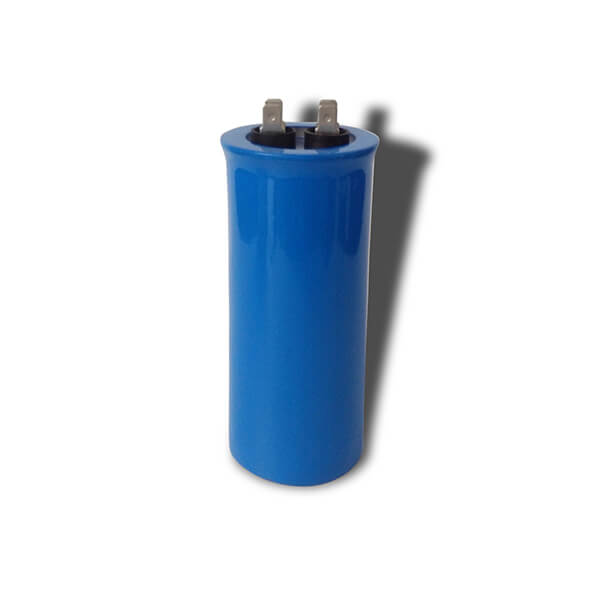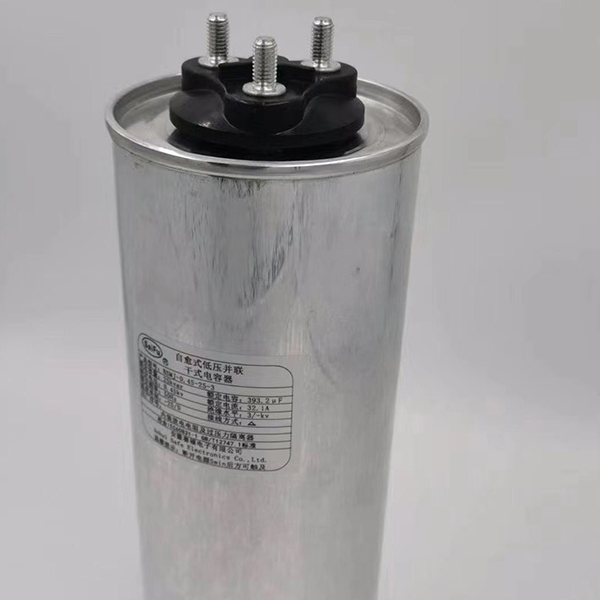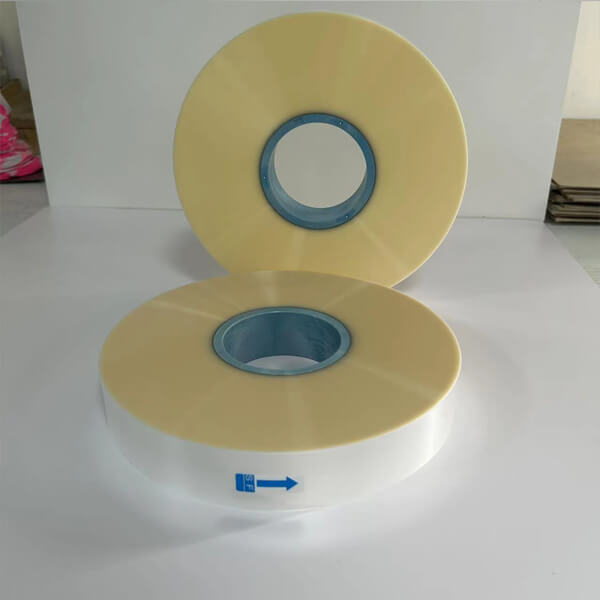Understanding of metalized capacitor films
Typically, the manufacturing method of capacitor films is to use aluminum or other metal foils as electrodes and overlap them with plastic films to roll them together. However, there is another manufacturing method for capacitor films called metalized film, which involves vacuum coating a very thin layer of metal onto a plastic film as the electrode. This eliminates the thickness of the electrode foil, reduces the volume of capacitor unit capacity, and enables capacitor films to be easily made into small-size and high-capacity capacitors. For example, the common MKP capacitor is a metalized polypropylene capacitor film, and MKT is the designation for a metalized polyester capacitor.
The films used in metalized capacitor films include polyethylene terephthalate, polypropylene, polycarbonate, etc., and they can be in the form of wound or stacked capacitors. This type of capacitor has a self-healing effect, which means that if a tiny part of the electrode causes a short circuit due to the fragility of the dielectric, the metallic layer around the short circuit area will melt and evaporate due to the electrostatic energy or short-circuit current carried by the capacitor at that time, thus restoring insulation and function of the capacitor.
Characteristics of metalized capacitor films
Metalized capacitor films use a metal film deposited on the surface of a polyester metallized film as an electrode instead of metal foil. Since the thickness of the metalized layer is much smaller than that of the metal foil, the overall volume of the capacitor after winding is much smaller than that of the metal foil type. The greatest advantage of metalized capacitor films is their self-healing feature. The self-healing feature means that if there is a defect in the film dielectric at a certain point or a breakdown short circuit occurs under overvoltage, the metallic layer at the breakdown point can instantly melt and evaporate under the action of the arc, forming a small non-metallic area, which enables the two polar plates of the capacitor to be insulated from each other again and continue to work. This greatly improves the reliability of the capacitor. From a principle analysis, there should be no short-circuit failure mode in metalized capacitor films, while there are many short-circuit failure phenomena in metal foil capacitors.
Despite these significant advantages, metalized capacitor films are mostly used in electronics, home appliances, communications, power, electrified railways, hybrid cars, wind power generation, solar power generation, and other industries, and their stable development drives the growth of the capacitor film market.
 English
English  한국어
한국어  français
français  Español
Español  русский
русский  Türkçe
Türkçe  Pilipino
Pilipino  Polska
Polska  Malay
Malay  Indonesia
Indonesia 



